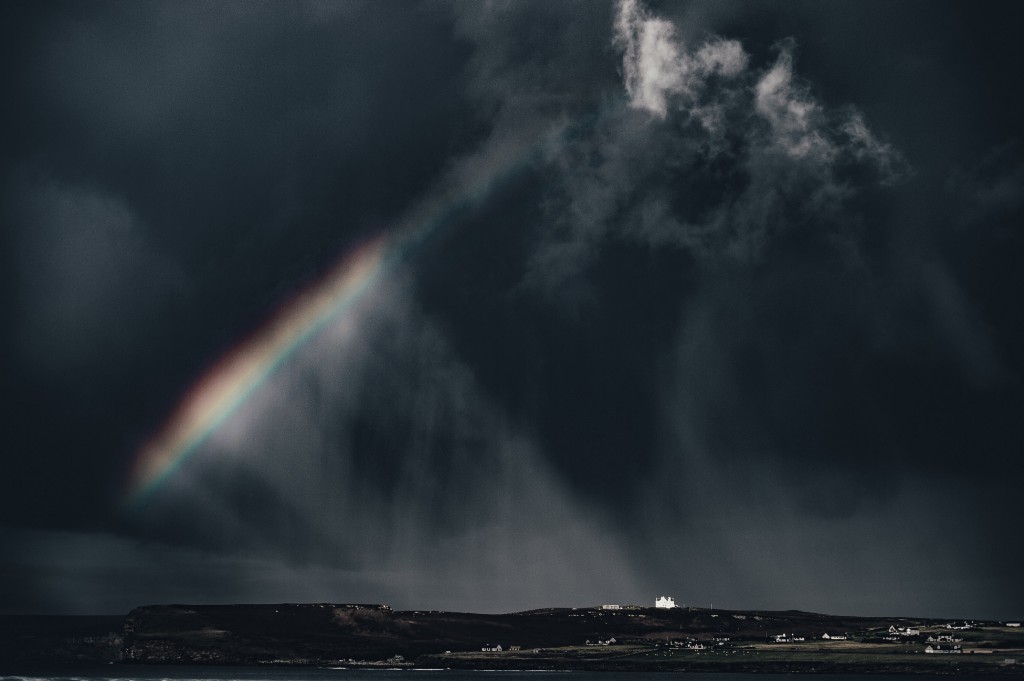After the rains stop is a two-part ImpactAlpha series highlighting ambitious experiments in housing and infrastructure, water and sanitation and flood control are helping cities become more resilient. Read part one, here:
Part 2
On the heels of Harvey, Hurricane Irma is one of the most powerful storms ever recorded in the Atlantic and is poised to cause catastrophic damage in parts of the Caribbean and in the US.
Only once before has the US been hit by more than one hurricane Category 4 or stronger in the same season: in 1915, when two Category 4s hit in Texas and Louisiana six weeks apart.
Last year, natural disasters caused $175 billion in damage worldwide and $46 billion in the U.S., and this year will undoubtedly be much worse. With the looming threat of Jose and Katia and recent flooding in South Asia that has killed over 1,000 people and displaced millions, climate experts say that 2017’s hurricane season could be just a taste of what’s to come.
As ImpactAlpha readers know, financial institutions are experimenting with different ways to mitigate costs and rebuild more quickly. Fast Company explored more intriguing ideas, including a marketplace for trading stormwater retention credits (SRC), also known as “catch and trade,” much the way that credits for carbon emissions can be bought and sold. Such a marketplace launched in D.C. four years ago, with Prudential Financial investing $1.7 million towards a pilot project to reduce the runoff of millions of gallons of polluted stormwater into the Potomac and Anacostia rivers. The program is off to a slow start; one big challenge is that installing green infrastructure to absorb water is complicated to design and build. The Anacostia Waterfront Trust is working to goose the SRC market by providing the expertise to maintain rain gardens to trap runoff and to trade the resulting credits.
There are other “passive” approaches to flood management, such as infiltration ponds, bioswales, green roofs, and even just plain old open space such as grasslands (i.e. what Houston used to be), to help mitigate increased flooding caused in part by climate change. We must build “a culture of living with water,” says Henk Ovink, the Netherlands’ special envoy for international water affairs. Ovink worked on Hurricane Sandy relief efforts, and helped launch Rebuild by Design, a federally funded competition to spur investment in green infrastructure and water management strategies in New York, New Jersey and Connecticut. He’s also helping the area with its next regional plan. “If we only respond to the past, we will only get answers that fit the past,” he says. “Those answers won’t fix the future.”











